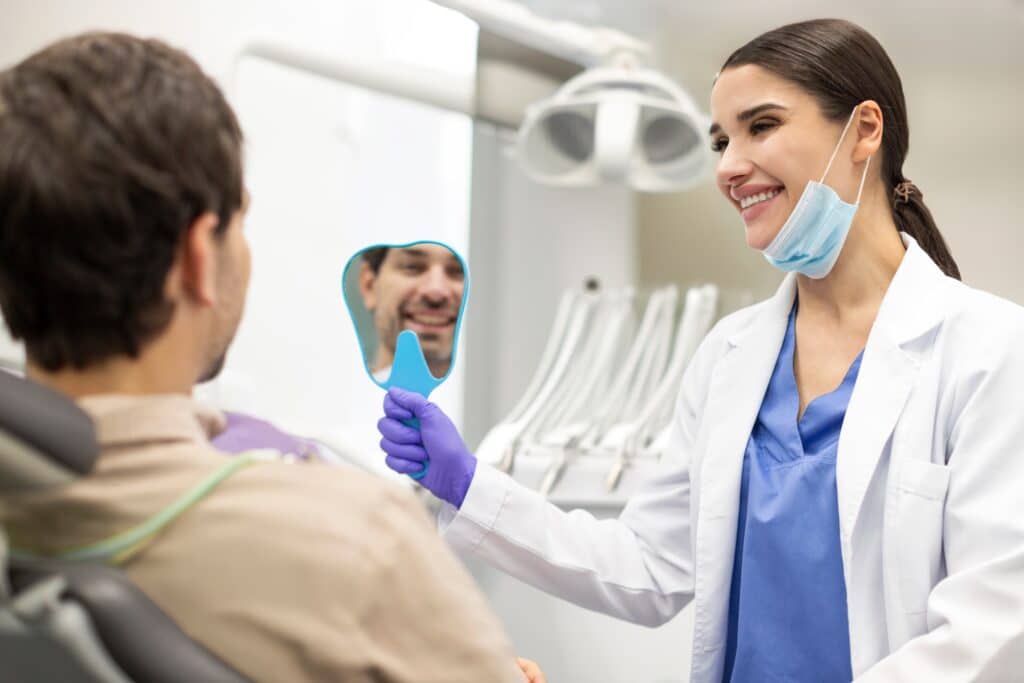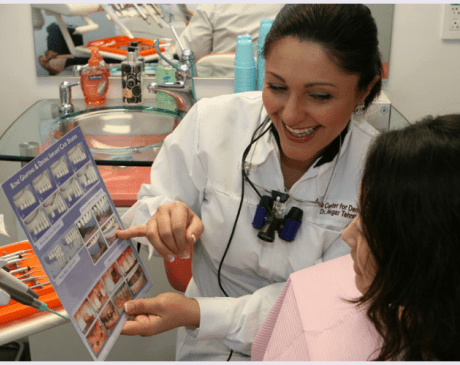Your teeth are strong and held firmly in place, but, make no mistake, they aren’t immune to accidents that force them out of their sockets. In fact, each year in the United States, five million teeth are knocked out in both kids and adults. If you want to avoid having to find a replacement option, your first steps after your tooth is knocked out are important and can potentially save that tooth.
To guide you through such an incident, Drs. Negar Tehrani and Chang Yi, the lead dentists here at McLean Aura Dentistry, want to present these step-by-step instructions for a knocked-out tooth.
Before we get started, we want to point out that these same steps should be taken for baby teeth. While you may think of baby teeth as temporary, they should be preserved if possible, as they play a key role in helping your child to talk and eat.
Now, let’s take a look at the actions you should take in the event you or your child has a tooth knocked out.
Locate and clean the tooth
In a best-case scenario, you can easily locate the whole tooth. Handle the tooth by the crown only (the top part) and rinse it with water if possible. Do NOT use any soap when you clean the tooth.
Place the tooth back in the socket
If it’s possible, place the tooth back into the socket from which it came after rinsing your mouth out with water first. If it fits in easily, you can then hold the tooth in place by biting down on a piece of gauze or a wet tea bag.
We understand that these types of accidents often occur outside the home, so use whatever is clean and handy — the corner of a clean towel, for example.
When the tooth doesn’t fit back into the socket
If you struggle to get the tooth to slide smoothly back into the socket, don’t force it. Instead, you need to preserve the tooth as best you can. You can slide the tooth under your tongue or inside your cheek, as saliva is the best environment for keeping the tooth viable.
If you’re dealing with tooth loss in a small child, you may not want to run the risk of them accidentally swallowing the tooth, in which case you can preserve it in a glass of warm water or milk.
Many people have kits that preserve teeth as part of their first-aid arsenal — Save-a-Tooth® is a good example.
Seek help right away
As soon as you get a moment, take time to call us, as you should see a dentist within 30-60 minutes after losing a tooth (especially if you’re unable to place it back in the socket). We offer emergency dentistry services that are designed specifically for this type of accident, and we make every effort to see you straight away.
If you follow these steps, there’s a good chance that the tooth will reintegrate into your jawbone, as long as the roots aren’t damaged and they are still “alive.” If the tooth is beyond saving, rest assured, we offer several great replacement options, including dental implants.
If you have any questions about the steps you should take when you or a loved one has a tooth knocked out, contact our office in McLean, Virginia.




